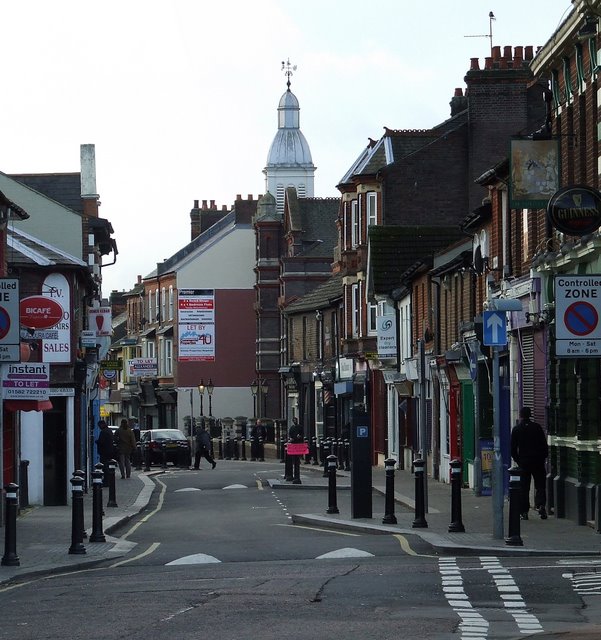Update: Planning permission for Power Court has been
Luton, a rather old, south-eastern English town, notable for London Luton Airport, being the home of Luton Town Football Club and being branded as a valued “commuter hotspot”, having excellent transport links straight into Central London in under 25 minutes. Despite the estate agent marketing speech used in all of our house viewings across the town in 2014 – it’s an understatement to say that I wasn’t sold. Having been born and raised in northwest London my whole life, the reality of moving outside of London permanently filled me with dread, especially after being properly introduced to Luton in a “no-airport-contact” type of way. I’ll admit, upon first moving here, I saw no potential, anywhere. I don’t think I was even interested in “potential”, I just wanted to be back to what I called home… that’s starting to change and so is Luton.

On Friday 15 April, Luton Council proudly established itself as a major player in the UK economy and announced the launch of a £1.5 billion inward investment programme. The leading project being London Luton Airport’s £260 million passenger transit system, DART (Direct Air-Rail Transit) more commonly found in major international airports as opposed to smaller airports such as Luton. The DART will transport passengers and staff from Luton Airport Parkway mainline railway station direct to the airport terminal. Additionally, other improvements to the airport shortly will include doubling existing retail space, incorporating a new £1 million executive lounge and expanding the range of airlines and routes, including more frequent services to popular cities and anticipated new flights to exciting new destinations such as Dubai, Orlando

But moving away from the airport, several key development schemes were showcased which included multi-million-pound mixed-use developments at Napier Gateway by J2 Global (to be completed in 2020), High Town by Sloane International, Butterfield Business Park by Henry Boot Developments and lastly, Power Court & Newlands Park.

2020 Developments are the developers behind the proposed regenerative plans of Newlands Park and the new stadium for Luton Town F.C., Power Court. Whilst these plans were welcomed by many Lutonians, excited about the much-needed change in the town, it was met with scepticism by planning authorities and the management of the local shopping
These criticisms, however, are slightly unfair, as from a business standpoint Capital & Regional’s concerns are well versed and are understandable. One of C&R’s main issues with the Power Court development is its location. 2020’s Power Court scheme would have to be built on an entirely new site as opposed to redeveloping at its existing one, slightly out of the town

C&R commissioned the professional services firm, EY to conduct an economic analysis for its town

However, these findings and concerns cannot mean that the pinnacle developments of Power Court & Newlands Park shouldn’t take place. After all, if C&R’s town
Combined both of these developments will boast: A 21st century, the 17,500-seater football stadium for Luton Town Football Club, a 1,800-capacity live music venue (the biggest in Beds, Herts and Bucks), New and enhanced public piazza meeting space, new bars, restaurants and leisure, high end and lifestyle retail units, hotels, a supermarket, 500,000 sq ft of high spec office space and green space. It would completely transform the way many view Luton today and could bring about much-needed investment into the area, making residents proud to live there. Regardless of the planning outcome on 16 January 2019, growth and change is on the horizon and it can only get better from here.


